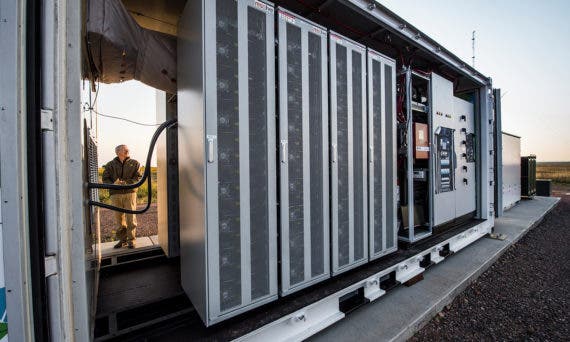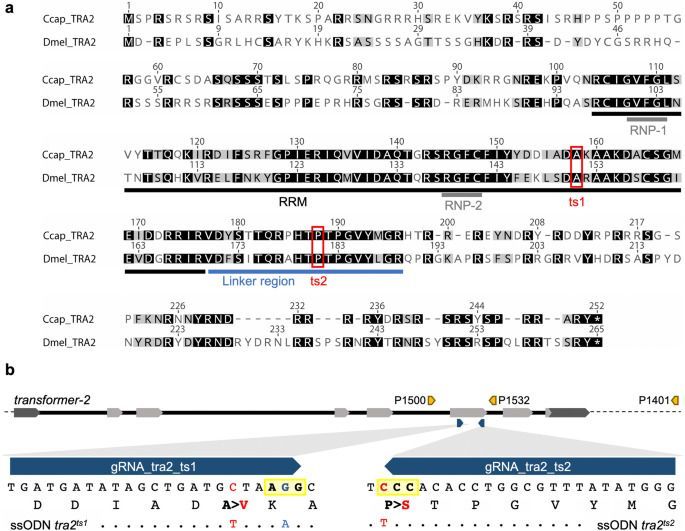Nov 7, 2020
World’s longest laser — 270 km long — created
Posted by Quinn Sena in categories: engineering, internet
Circa 2009.
A 270-kilometre optical fiber has been transformed into the world’s longest laser, a feat its inventors believe will lead to a radical new outlook on information transmission and secure communications.
Engineering academics at Aston University, UK, are leading research into ultralong fiber lasers, to create a platform capable of delivering ‘next generation’ information transmission, including telecommunications and broadband.
Continue reading “World’s longest laser -- 270 km long -- created” »

















